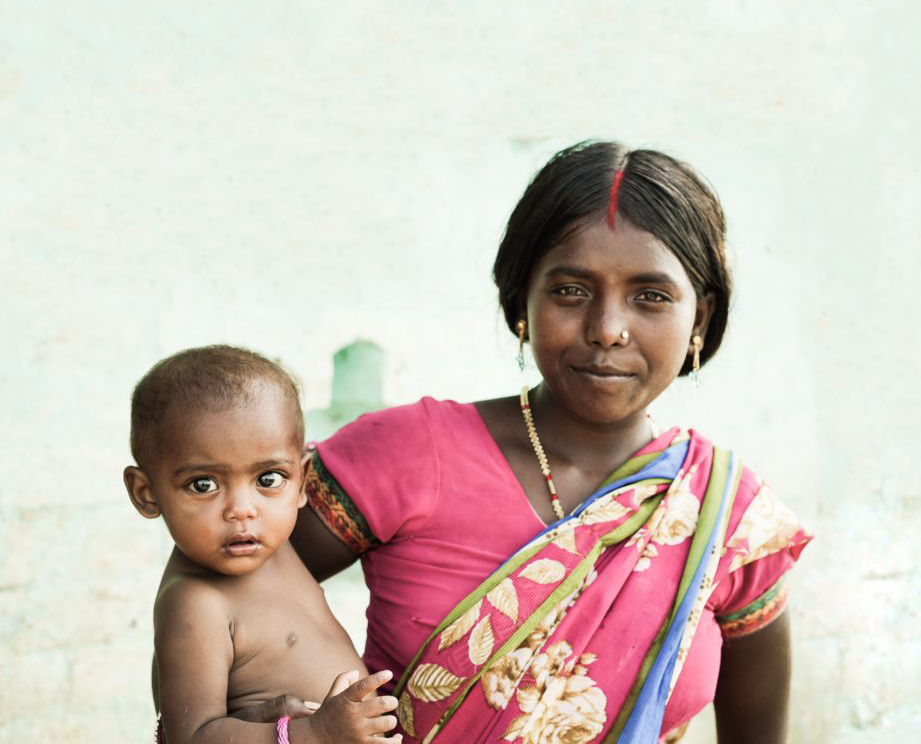![India-ManpreetShergill-edited[1]](https://womendeliver.org/wp-content/uploads/2018/04/India-ManpreetShergill-edited1-768x756.jpg)
One of the biggest challenges facing global health is not an epidemic, but of funding.
A look at the current state of development funding shows a stark contrast between the cost of achieving the Sustainable Development Goals (SDGs) by 2030 and the actual resources that are available.
As pressure mounts on traditional funding streams, the only way to bring real change and lasting health impact is to remain innovative and create new solutions that respond to the ever-changing environment we live in.
One such approach is the development impact bond (DIB), a new financing mechanism that brings together funding partners motivated by both social and financial returns. With encouraging results in other key development areas, impact investment offers a promising way to mobilize private capital to solve some of the world’s most vexing health issues.
This means going where the customer is — the private sector. In Rajasthan, private health facilities account for over 25% of institutional deliveries and are used by women across all socio-economic levels.
PSI and HLFPPT will train providers (i.e., doctors, midwives and nurses) from up to 500 private sector facilities to meet and adhere to new government quality standards that will improve the maternal and newborn healthcare provided. The new accreditation standards mean that for the first time, quality maternal care will be certified and fully transparent in private health facilities.
An estimated 600,000 women stand to benefit from the initiative and potentially 10,000 lives could be saved over a five-year period.
in the post Watch this video to better understand what a DIB is and how this one will work.
Far from business as usual, USAID and MSD for Mothers have committed a total of up to USD 9 million in outcome funding to pay back initial investors in full, plus additional financial returns, if performance targets are met. With the focus on achieving outcomes— improved quality of healthcare— rather than specific activities, implementers will be able to shift gear to ensure desired results such as reduced maternal and newborn mortality rates.
Looking beyond Rajasthan, the program could be replicated and rolled out across the country, contributing to much improved maternal and neonatal care and reducing mother and child deaths significantly.
But equally as important perhaps, this initiative aims to create a ‘proof of concept’, showing potential donors and investors how DIBs could contribute to health impact while also offering financial returns, unlocking huge reservoirs of private capital to assist in achieving the SDGs and further improve maternal and newborn health outcomes for girls and women around the world.
